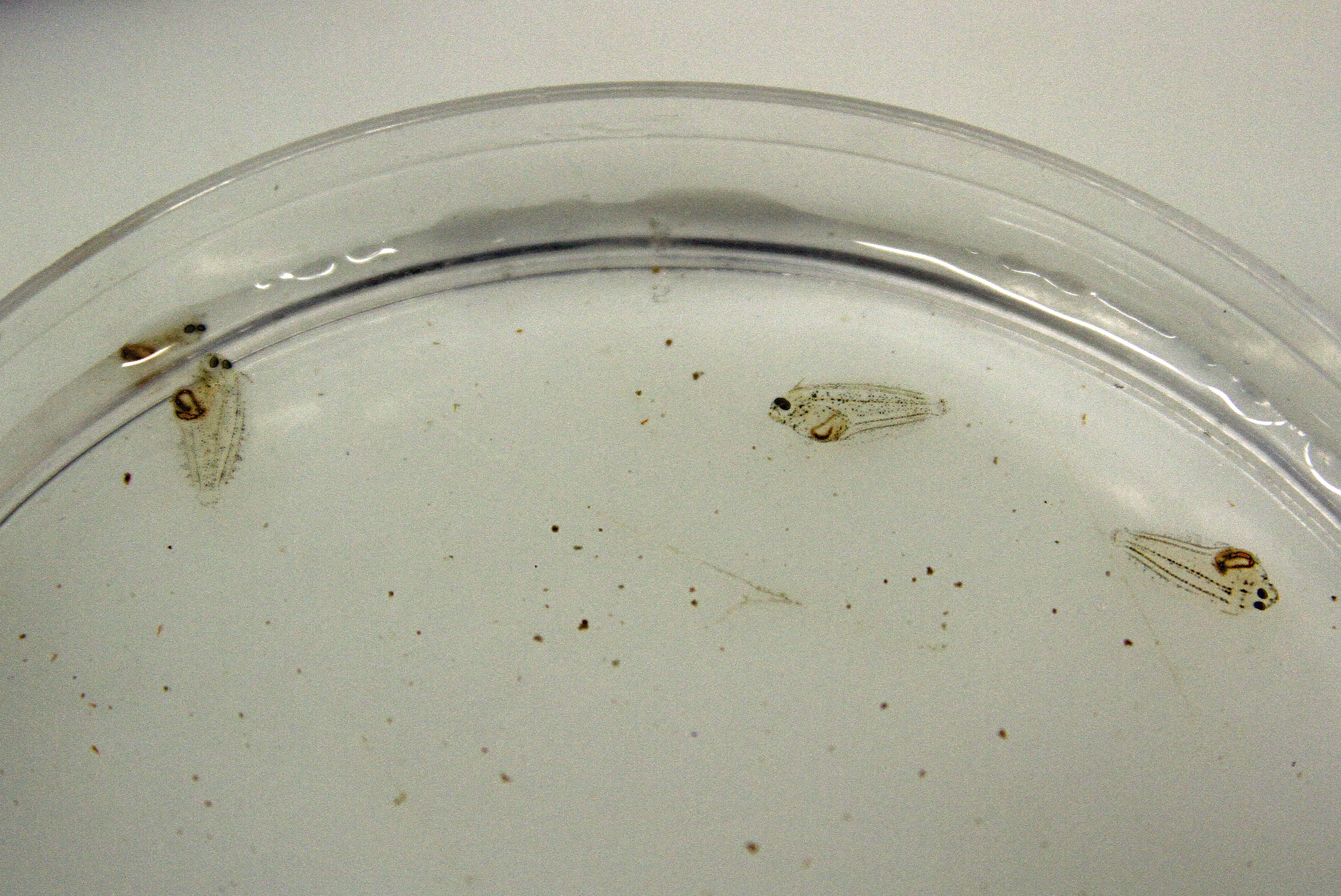By DAVID RAINER, Alabama Department of Conservation and Natural Resources
Anyone who has fished the beautiful waters of the Alabama Gulf Coast in the past decade knows that one of the premier inshore species, southern flounder, has been scarce.
A well-documented decline in the southern flounder fishery started about 2008 and, unfortunately, the population hasn’t rebounded. Marine scientists don’t have any definitive reasons for the decline.
The Alabama Marine Resources Division (MRD) changed regulations this year to decrease the recreational bag limit to five flounder per day per angler, implement a commercial trip limit to 40 per person or vessel and increase the size limit to 14 inches total length. Harvest was closed to both recreational and commercial anglers for the whole month of November to protect the flounder that were migrating through the bays, heading for their winter spawning grounds.
However, that is not the only action MRD has taken to mitigate the downturn in the flounder population. MRD headed into uncharted territory for Alabama this past year with an effort to add to the wild population with southern flounder fingerlings raised at the Claude Peteet Mariculture Center in Gulf Shores. A critical step in any spawning program is collection of broodstock – the adult fish.
Max Westendorf, Hatchery Manager at Claude Peteet, said MRD has been collecting broodstock from two main sources – the ACFA (Alabama Coastal Fishing Association) tournaments and the Saltwater Finaddicts Fishing Tournament.
“They have live flounder categories in their tournaments, and we show up with our trailer to collect these fish,” Westendorf said. “We also have a couple of other anglers who bring us fish one or two at a time.”
MRD collected about 40 fish from the Saltwater Finaddicts tournament and gets 20 to 30 fish from each ACFA tournament for broodstock.
“We bring the flounder back to the Claude Peteet facility, and we quarantine them for three to four weeks to make sure they’re not bringing in any parasites or bacteria,” Westendorf said. “Once we treat them and quarantine them, we introduce them into our breeding populations.”
Currently, MRD has three tanks dedicated to flounder breeding. Flounder are winter spawners; spawning occurs in December, January and into February each year.
“This is our first year of spawning flounder, so we’re still working out some of the kinks,” Westendorf said. “We’re learning the process and idiosyncrasies of flounder. They are a lot more difficult to spawn than other species we have cultured. When we have redfish or Florida pompano and bring them in, it only takes a week or two to get them to eat dead shrimp and cut fish. A flounder takes several weeks longer for them to transition to that type of feeding. One of the hardest parts was getting that initial batch of flounder to start the program. Once you have some fish start eating, the other fish around them start eating as well. It took us a while to get an established population that was eating and comfortable in the tanks and into their conditioning cycle.
“This was the first year we’ve had fish that we were able to spawn. We put them in a nine-month conditioning cycle whereby we recreated the natural cycle in the wild by manipulating the tanks’ water temperature and lighting. We give them spring, summer, and fall conditions, and then we spawn them in the winter season.”
Hatchery staff know when the flounder get ready to spawn when the females become swollen with eggs, indicating they are “ripe.” The females are given a hormone injection to develop the eggs even further so they easily express them.
“We segregate the males and females and put them to sleep for a second,” Westendorf said. “Then we gently squeeze on their abdominal area and the eggs and milt (the fluid containing semen released by males) will start free-flowing out of their bodies. We combine the eggs and milt in a tube, add saltwater to activate the fertilization process, and the eggs fertilize in about one to two minutes.”
Hatchery staff then separate the good (fertilized) eggs from the bad (unfertilized) eggs. The good eggs float in full-strength saltwater, and the bad eggs will sink to the bottom of the container. The good eggs go into specially made incubators to hatch out. The water temperatures in the incubators are kept at about 17 to 18 degrees Celsius (62.5-64.5 degrees Fahrenheit).








